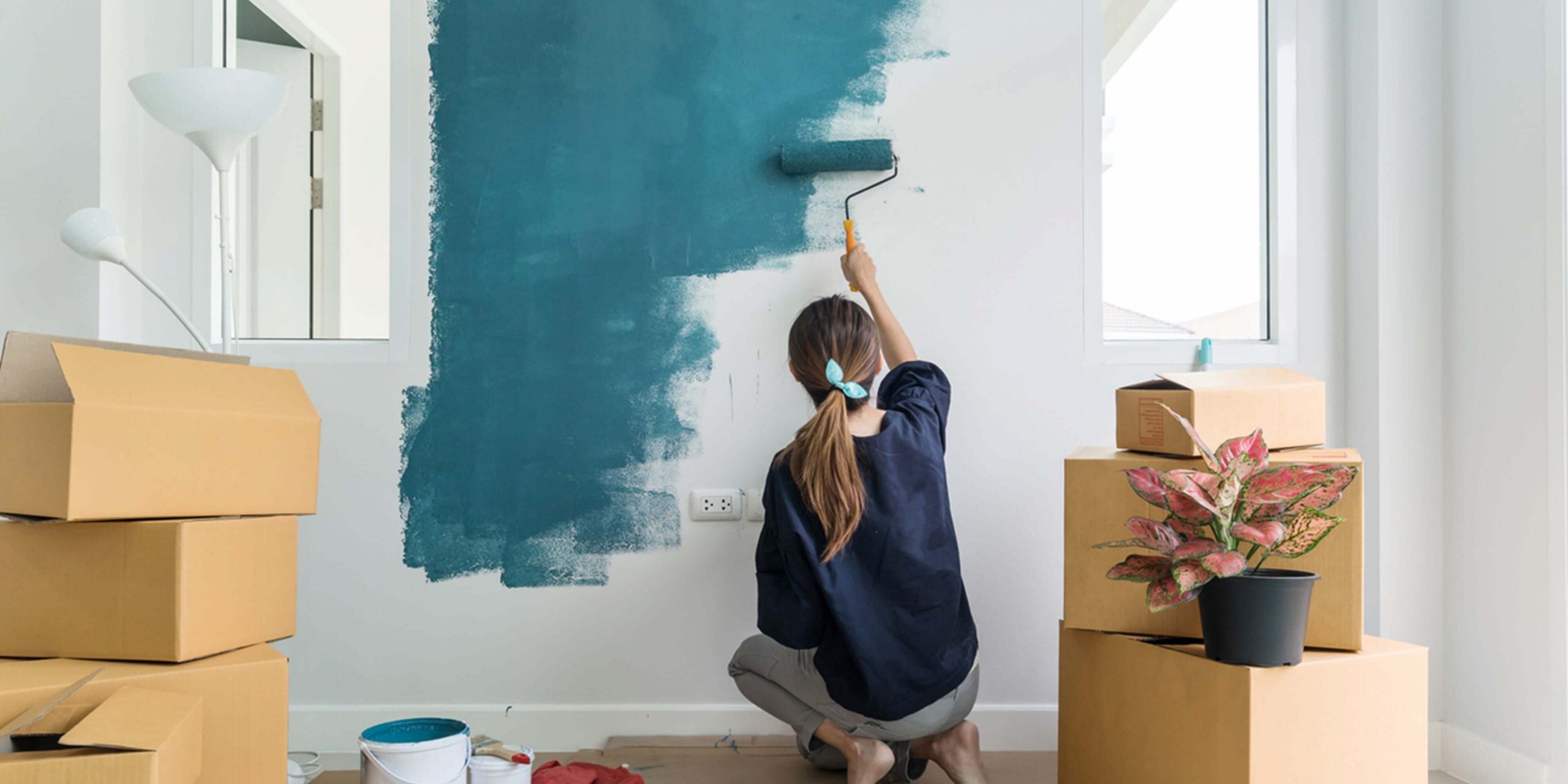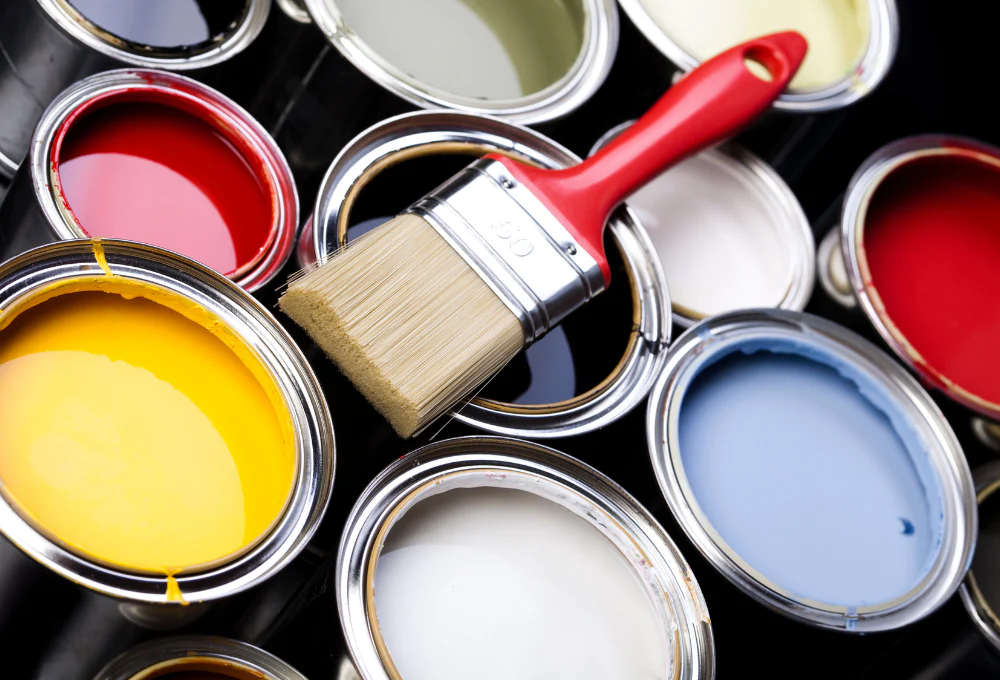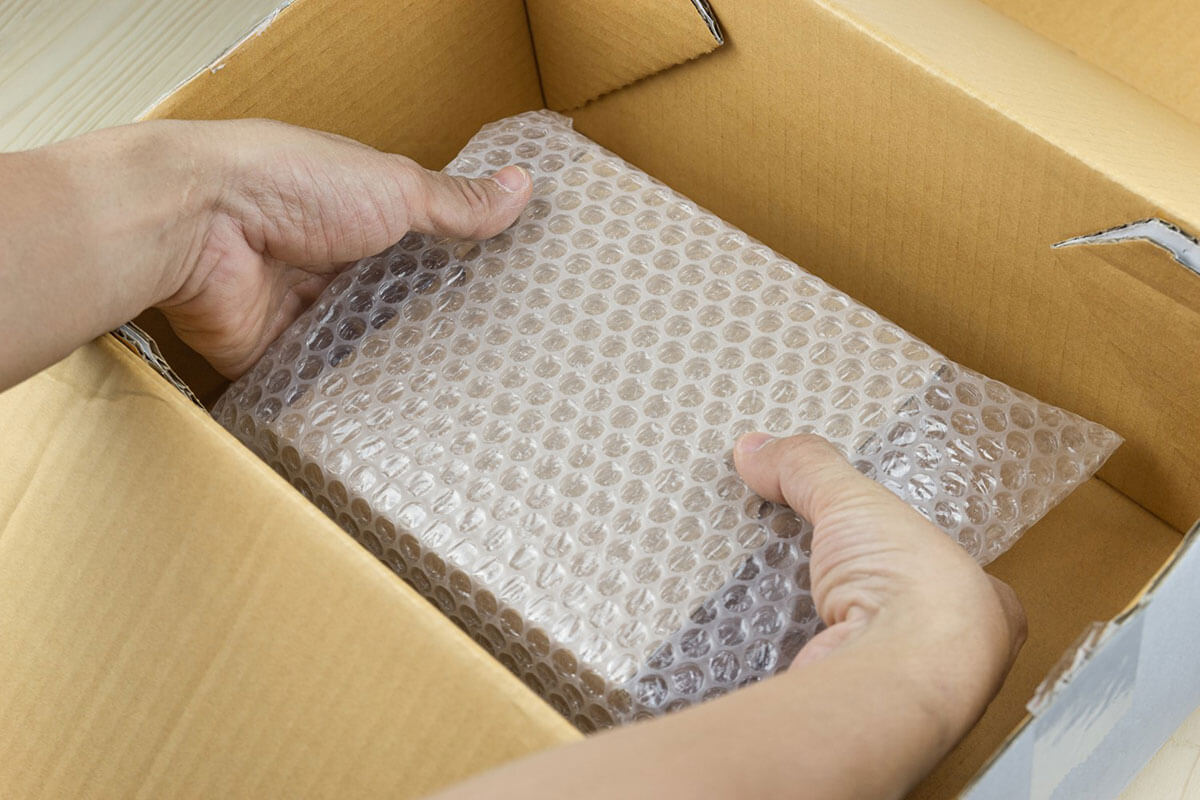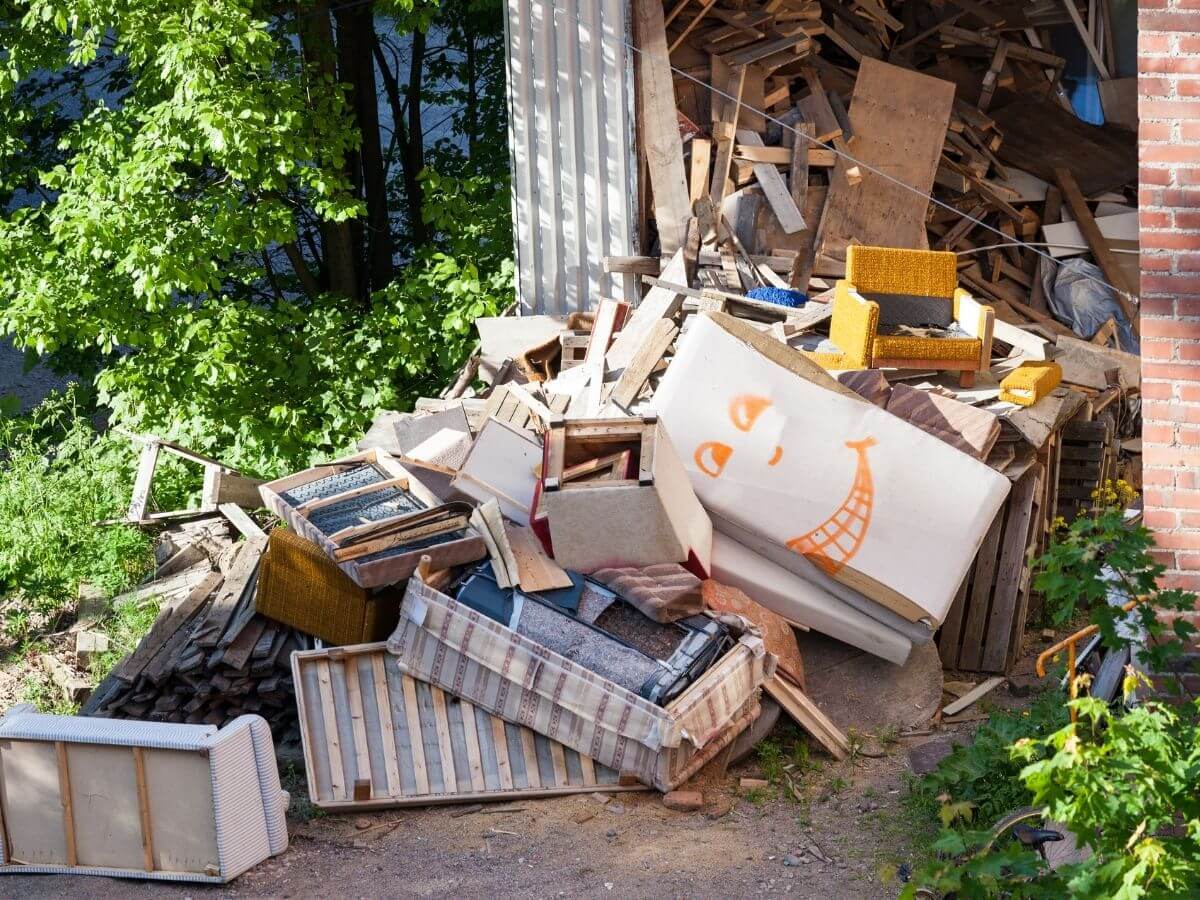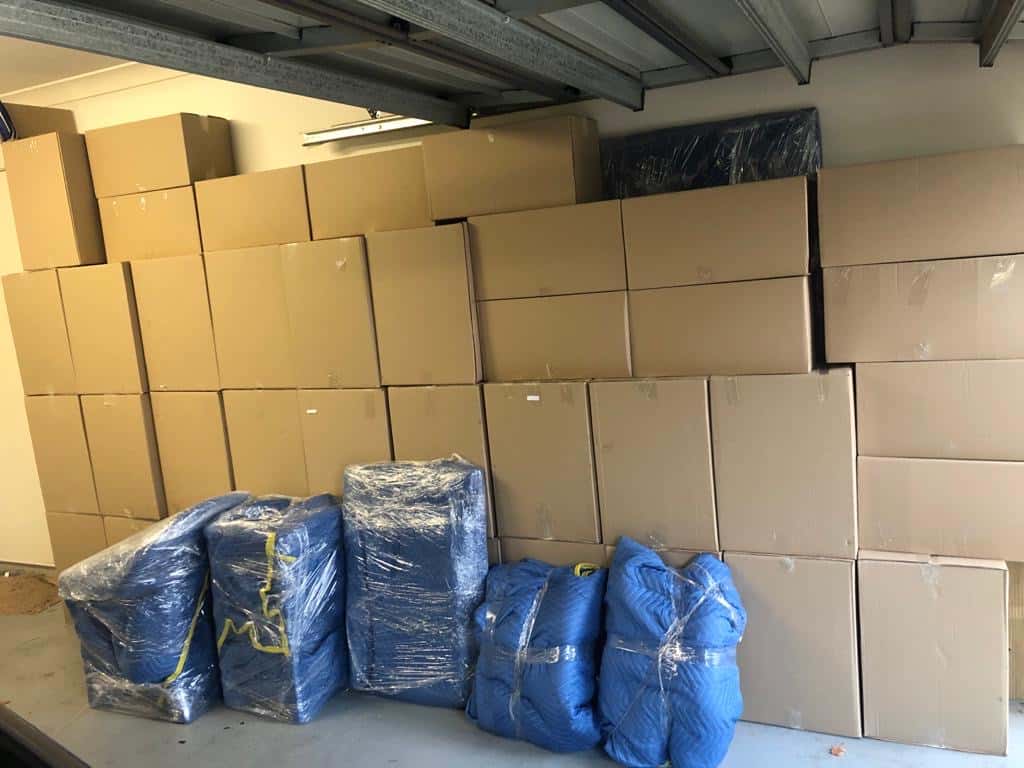Getting Rid of the Paint Smell in a New House
At last, the long wait is over! Planning and construction are complete, and the new house is finally yours. Of course, you plan to move in as soon as possible, but the paint smell is one big problem. Even though the house looks great outside, that new paint smell can be overwhelming, making it hard to enjoy your new home.
Luckily, there are a few things you can do to get rid of the paint smell and make your new house feel like a home.
The first thing to do is identify the source of the smell. If the odour comes from newly painted walls, give them adequate time to dry and air out before taking further action. The smell will most likely dissipate within a few days to weeks.
If the paint smell persists or is coming from old paint, there are a few things you can do to get rid of it:
- Open all the windows and doors to allow fresh air to circulate.
- Place vinegar or activated charcoal around the house to absorb the paint fumes.
- Clean all surfaces with a solution of 1 part water and 1 part vinegar.
- Boil lemon peels in a pot of water to freshen the air.
That paint smell will be gone for good with time and effort!
Why is it essential to eliminate the ugly paint smells at home?
Paint smell and paint fumes can harm your health, especially if exposed regularly. Paint odors are one of the leading causes of indoor air pollution.
When paint fumes are inhaled from freshly painted walls, they can cause various health problems, including headaches, dizziness, nausea, and respiratory problems. In extreme cases, paint fumes can even lead to death.
The best way to protect yourself from paint fumes’ harmful effects is to ensure that your home is well-ventilated. This means opening windows and doors to let fresh air in and using fans to circulate the air so they can eliminate paint smell and any lingering paint odours. You can also use indoor plants that naturally absorb paint odors. Incidentally, wood charcoal, a few brown onions, and coffee beans can help eliminate paint and other volatile organic compounds.
If you’re doing a painting project, it’s also essential to wear a respirator or mask to protect yourself from the fumes. And, of course, always read the labels on your paint cans and follow the directions carefully.
These simple precautions can help ensure that your home is safe and healthy for you and your family.
Try Water-Based Paint for Your Next Home Improvement Project
Water-based paint is a type of paint that uses water as the primary solvent. The water helps to keep the paint from drying out and cracking, and it also helps to prevent the paint from fading. Water-based paint is available in various colours and can be applied to almost any surface.
Water-based paint is a good choice for any home improvement project because it is easy to apply and dries quickly. Water-based paint is also a good choice for projects that require a high level of detail because the paint can be thinned out with water to create a very smooth finish.
If you are planning on using water-based paint for your next home improvement project, purchase the colour from a reputable store. You should also read the instructions on the label carefully before you begin painting.
How to Use Water-Based Paint
Water-based paint is a versatile product used for various home improvement projects. Here are some tips on how to use water-based paint:
Choose the correct type of paint.
Water-based paint comes in various finishes, so choosing the right type of paint for your project is vital. If you are painting a room with a lot of sunlight, you may want to select a colour with higher UV protection.
Prepare the surface
Before you begin painting, it is vital to prepare the surface. For example, if you paint a wall, you must remove any old paint or wallpaper before you begin.
Use a primer
A primer can help to create a smooth surface for the paint to adhere to. If you are painting over a dark colour, you may want to use a white primer.
Follow the instructions
Read the instructions on the label carefully before you begin painting. Water-based paint is easy to use, but it is essential to follow the instructions to achieve the best results.
Who Needs Water-Based Paint?
Water-based paint is a type of paint that uses water as its primary solvent. It is sometimes called latex paint because it was first made with latex rubber. Water-based paint is now made with synthetic polymers such as acrylics and polyurethanes, so you don’t have to worry about eliminating paint fumes or paint odor.
Water-based paint is the most popular type of paint for both interior and exterior painting projects. It is easy to apply, dries quickly, and cleans up easily with soap and water. Water-based paint is also more durable and weather-resistant than oil-based paint.
Water-based paint is a good choice for any painting project, and it is especially well suited for painting areas exposed to moisture, such as kitchens and bathrooms. Water-based paint is also a good choice for painting children’s furniture, toys, and rooms because it is non-toxic and safe.
If you are not sure what type of paint to use for your project, ask a sales associate at your local home improvement store for advice.
Do You Need to Repaint a Pre-Loved Home?
When you move into a new home, the first thing you probably want to do is put your stamp on it. This may involve painting the walls, but before you pick up a brush and create a freshly painted room, it’s essential to consider whether or not repainting is necessary.
If the previous occupants of your home were smokers, you might want to get rid of a strong tobacco smell. In this case, painting over the existing paintwork may be the best option. However, clean the walls with baking soda first to improve the house smell.
If the walls are in good condition but you’re not keen on the colour scheme, it’s worth considering whether you could repaint one or two accent walls rather than the whole house. This will be much cheaper and less time-consuming than painting the entire house.
Choosing the right type of paint for the job is essential if you decide to repaint. If you’re unsure, ask a professional painter or decorator for advice, and they’ll be able to tell you which colours are best suited to different types of surfaces and whether you need to use an undercoat.
Once you’ve decided to repaint, the next step is to choose the colours you want to use. Take your time with this, as it’s essential to get it right. If you’re unsure which colours will work well together, ask for advice from a professional painter or decorator.
Once you’ve chosen the colours you want to use, it’s time to start painting! If you’re not confident doing this yourself, hire a professional painter or decorator. They’ll be able to get the job done quickly and efficiently and will also be able to advise you on any future painting projects you may have.
Tips for Moving Into a Freshly-Painted House
Moving into a freshly-painted house is always exciting, and the new paint job can brighten the space and make it feel like home. But you should keep a few things in mind when moving into a freshly-painted house to ensure the transition goes smoothly.
1. Ensure all your furniture and belongings are adequately protected.
Cover your floors and any surfaces damaged by paint fumes or drips.
2. If possible, try to schedule your move for after the painting is completed.
This will give the paint time to dry and air out before moving your furniture and belongings.
3. Be prepared for the possibility of paint fumes
When applied, many paints have a strong odour, but this should dissipate after a few days. If the scent is too overwhelming, you can try opening windows and doors to air out the space or using fans to circulate the air.
4. Try to keep your belongings clean.
Once the paint is dry, removing paint stains from clothing or upholstery can be difficult. So it’s best to avoid tracking colour in your new home.
5. Be patient.
It can take a few days for the new paint to cure fully, so try not to stress the paint job by moving everything in at once. Take your time and enjoy settling into your unique, freshly-painted home.
Conclusions
Paint can transform the look and feel of a space, so it’s no wonder that many people want to repaint their homes when they move in. But before you start painting, it’s essential to consider whether or not repainting is essential. If the walls are in good condition and you like the colour scheme, there’s no need to repaint. But painting may be the best option if you’re not keen on the existing paintwork or there’s a strong smell of tobacco.
If you decide to repaint, it’s essential to choose the right type of paint for the job and take your time choosing the colours. Once you’ve started painting, protect your furniture and belongings and be patient while the paint dries. By following these tips, you can ensure that your move into a freshly-painted house goes smoothly.
Moving Tips and Tricks
Discover efficient packing strategies, organisation hacks, and expert advice to streamline your moving process and ensure a smooth transition.

Home Maintenance and Pest Control Checklist Before Moving
Moving house is no mean feat. With so much to consider and organise, it’s easy to forget the most important tasks of all – home maintenance and pest control.
View ArticleOur Removalist Services
- Removalists Sydney
- Removalists Melbourne
- Removalists Melbourne to Sydney
- Removalists Sydney to Melbourne
- Removalists Melbourne to Adelaide
- Removalists Adelaide to Melbourne
- Removalists Melbourne to Canberra
- Removalists Canberra to Melbourne
- Removalists Melbourne to Brisbane
- Removalists Brisbane to Melbourne

